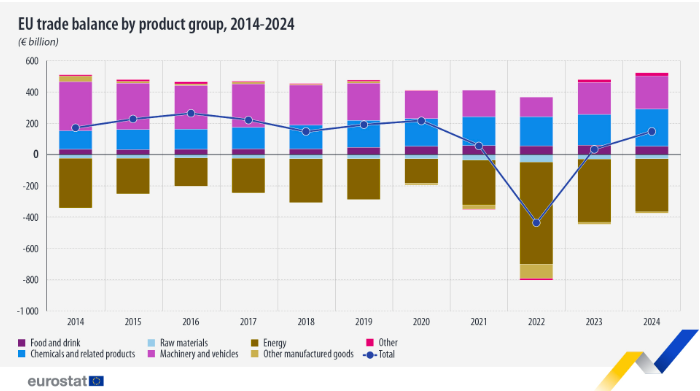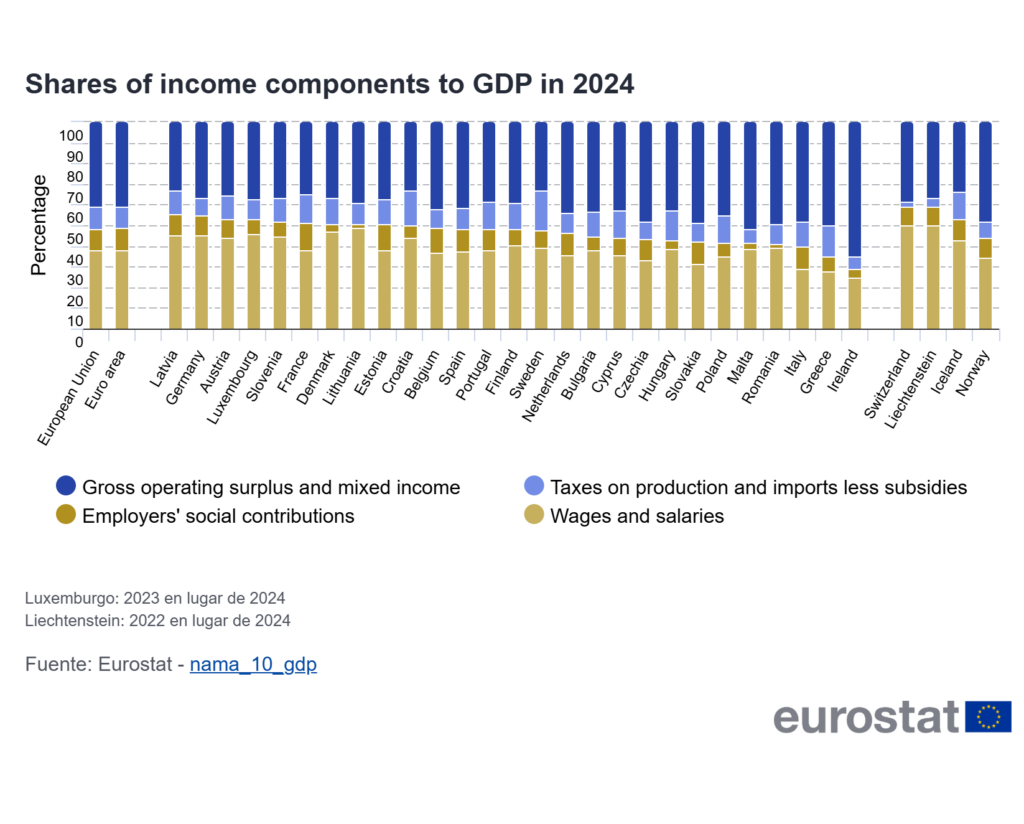León Brothers Crowned Runners-Up at the Spanish Frontenis Championships and Qualify for the European Championship
Guadassuar, Valencia – April 2025At the end of April, the town of Guadassuar in Valencia hosted the Spanish Frontenis Olympic 30M Championship – First Division, bringing together the top frontenis players from across the country for a high-level competition. Among the standout athletes were Adrián and Hugo León, representing the Real Club Náutico de Tenerife […]









